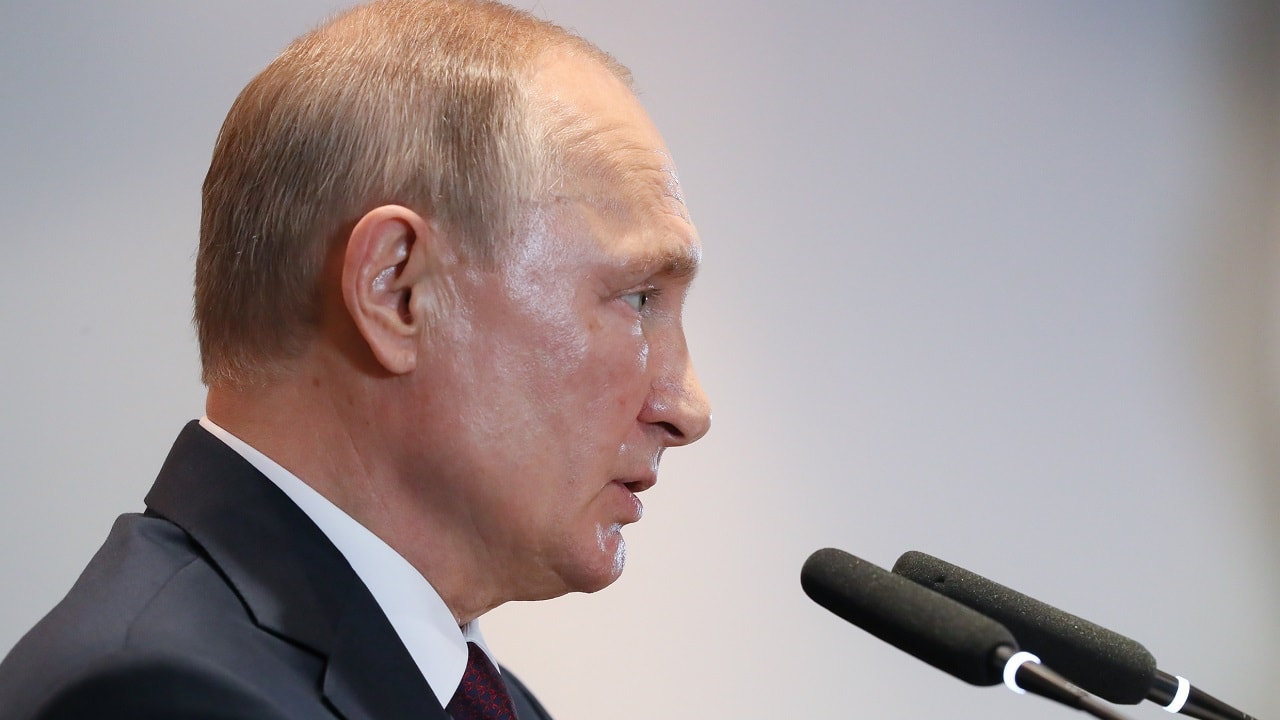THE TAKSHASHILA INSTITUTION
Anupam Manur is a man of strong opinions. Anupam Manur is a man of strong, considered opinions. You should listen to Anupam, because when Prof Manur talks, he makes eminent sense, and he comes from a position of both erudition and wisdom (You can hear him snigger at this in the background, but hey, one’s got to accept what’s true).
On August 3, the Indian government issued a circular which effectively took economists back to the days of the Licence Raj. In India’s chequered industrial policy history, the decision to put curbs on the import of laptops, presumably to boost domestic production and innovation, looks like bureaucratic overreach. It is also quite evident that the move is aimed at hurting China’s exports to India.
“Discarded policies of the past cannot produce different results. If India wants to be a manufacturing and exporting powerhouse, it cannot do so by protecting champions from the pressures of competition, as we tried before 1991. If import controls failed in the past, the conditions for success are far worse now, given the interconnectedness of global value chains in electronics manufacturing.”
Various eminent economists and thinkers have weighed in on the laptop policy issue, including Takshashila's friend Pratap Bhanu Mehta. A couple of days after Anupam’s scathing indictment, Dr Mehta wrote another stinging piece in The Indian Express.

:quality(70)/cloudfront-us-east-1.images.arcpublishing.com/archetype/36Q2J33OO5BVVDCLLQRK4LJ5N4.jpg)











